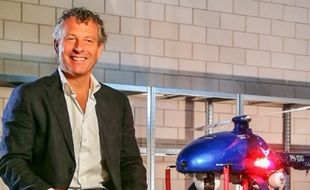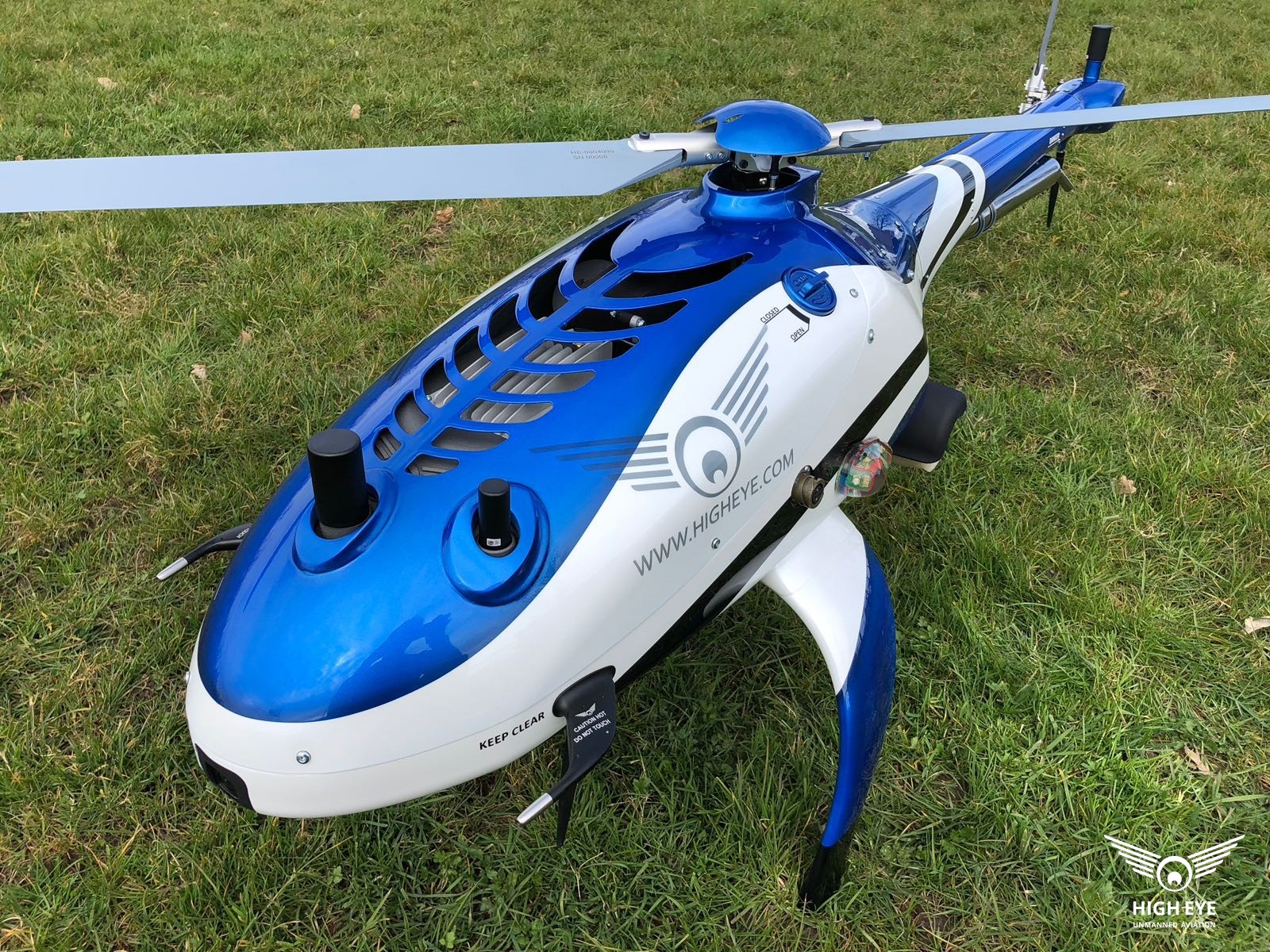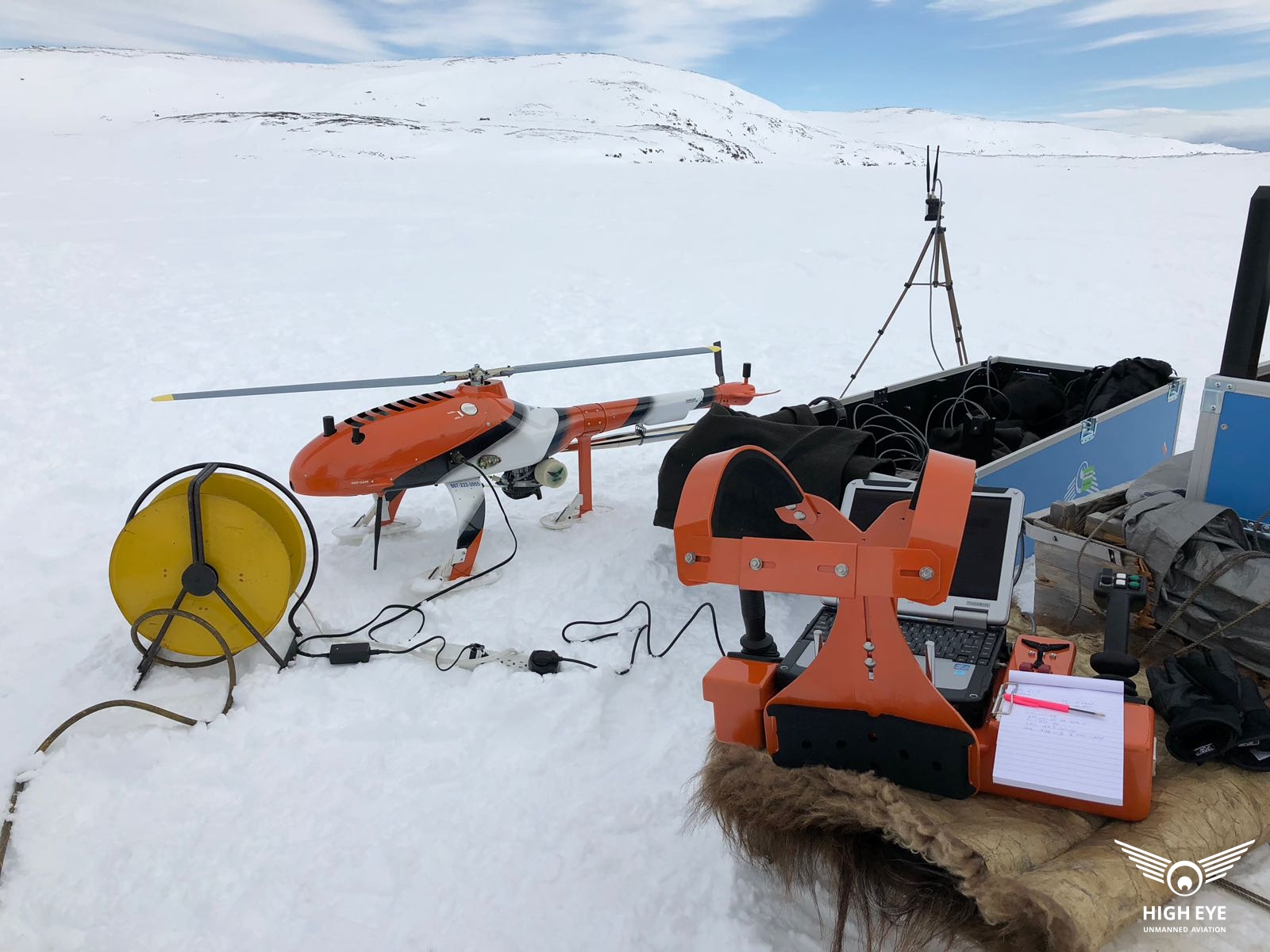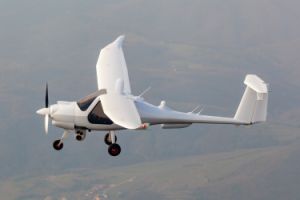Interview with Mr. Joost de Ruiter, CEO and Owner, High Eye

Mr. Joost de Ruiter, CEO and Owner of High Eye, gave an exclusive interview to Epicos. Among others, he stated that: “The HEF 32 flies longer than electric Unmanned Aerial Vehicles (UAVs), it can hover for hours compared to hybrid systems that can hardly hover, it flies longer than turbine solutions and is much more mobile and cost effective than the big unmanned helicopters. The HEF 32 has a high IP rating (67) which means it can fly in harsh circumstances, it is EMI shielded so it can fly close to vessels and radars and it can carry payloads up to 5 kg of weight. This combination of features is quite unique. Worldwide there are only a handful of Vertical Take Off and Landing (VTOL) UAV manufacturers that can match our quality standards.”
1. Mr. de Ruiter, can you please describe the current position of High Eye in the national and international markets?
Before I explain the current position of High Eye, let me first inform you a bit about the VTOL UAV market. The VTOL UAV market can be divided in very logical parts. In terms of endurance you can divide the market into:
- Electric UAVs. The endurance of these UAVs is limited to a maximum of around 40 minutes. They are also limited in terms of flying in adverse weather conditions. There are many good suppliers for professional users and consumers. Many hybrid systems can land and take off vertically and fly longer, but these UAVs have limited, if any, hovering capabilities.
- If you wish to fly longer than 40 minutes and you want to have hovering capability, there is no other option than a combustion engine. If the maximum endurance of 90 minutes is no problem, you can choose a turbine solution.
- If you wish to fly longer than 90 minutes, you can choose a ‘normal’ combustion engine. The HEF 32 can fly 4 hours with a payload of 2 kg and is still quite mobile (25 kg of weight).
- In general you can say that the more powerful the engine is, the heavier the engine will be and the more fuel you have to carry. VTOL UAVs that can fly up till 6 hours are large and heavy. They are around 150 -250 kgs and quite expensive, in the price range of manned helicopters.
Worldwide, there are not many VTOL UAV manufacturers that can fly 3 to 4 hours with a decent payload and that have a Maximum Take Off Weight under 25 kg. At High Eye we believe our unmanned helicopters are a more cost effective than manned helicopters and the heavy VTOL UAVs.


2. Can you please briefly mention the history of your company?
In 2013 the holding company of Joost de Ruiter, the current CEO & owner, bought High Eye which had a long history of building RC helicopters. They were mainly used to offer flight services to its clients. After the purchase, the strategy of the company was completely transferred from offering services to becoming a series manufacturer of VTOL UAV. All old models were literally thrown away and a complete new development team was given the challenge to build a new long range VTOL UAV.
High Eye spent 5 years to develop and build the HEF 32. In 2018 we sold the first units and in Q4 of 2018 we delivered units to different clients. In Q3 or Q4 of this year, we will release the newest version of the HEF 32 that will have a more powerful engine, among many other upgrades, which will improve the redundancy and the performance of the aircraft.
3. What are the distinct features of the HEF 32 and the advantages it offers compared to similar UAV types?
It flies longer than electric UAVs, the total costs of operation of the HEF 32 are lower than turbine UAVs and it is much smaller and less heavy. Hybrid systems (UAVs that can take off and land vertically and that do have wings) can hardly hover and need more space to take off and land. The big unmanned helicopters bring along a much higher level of total costs of operation and they are not very mobile.
There are some other advantages: the HEF 32 has a high IP rating (67) which means it can fly in harsh circumstances, it is EMI shielded (MIL-STD-461F-RS103) so it can fly close to vessels and radars and it can carry payloads up to 5 kg of weight. This combination of features is quite unique. Worldwide there are only a handful of VTOL UAVs manufacturers that can match our quality standards.


4. What are the main applications of the HEF 32?
The main fields of application of the HEF 32 are the following:
- Maritime (coast guards, navies, ship-owners, icebreakers, etc.),
- Security ( e.g. border control, asset control, special operations, fire brigades),
- Inspections (powerlines, windmills, pipelines, off shore industry),
- Research (mainly university and knowledge organizations e.g. wildlife in the Arctic).
Almost every month we are surprised by potential customers that find or see new applications for the HEF 32, like tuna fishers, medical supplies delivery, air pollution monitoring etc.
5. Can you please name your main customers?
We have military, semi-military, commercial customers and NGOs. We are bound to NDAs, but we can mention Oculus Airborne Systems in Mexico, TOP Engineering in Thailand, GSN Corporation in South Korea and Aalborg University in Denmark.


6. Could you share with us the next steps and priorities of your company?
Our first priority is the completion of the test flight program of the HEF 32 2019 version with the new engine and all other improvements.
Besides this, we are developing and building an online training program and a new simulator. This absorbs a lot of time and resources, but we strongly believe that we will be able to raise the level of our pilots significantly with these tools. Also maintaining and monitoring the level of skills the pilots will be possible.
Just recently we bought a new building that is five times the size of our current location. We are in the process of planning and renovating the place to make it ready for our scale up plans.
7. Is there a specific country or region where High Eye would like to expand to in the near future?
No, but our main focus is countries where Beyond Line of Sight (BLOS) flights are allowed. Often emerging markets or less populated areas have less complicated or less restrictive flight rules.


8. Anything else that you would like to add?
From the start, we hired commercial aviation staff (real pilots as they like to call themselves…), besides all kinds of engineering skilled staff. That is why we started writing manuals (Operations, Maintenance, Illustrated Parts Breakdown, Training Manuals etc.) in a similar way as it is the case in manned aviation. High Eye is in this respect a real exemption in the UAV world.
For additional information: www.higheye.com







